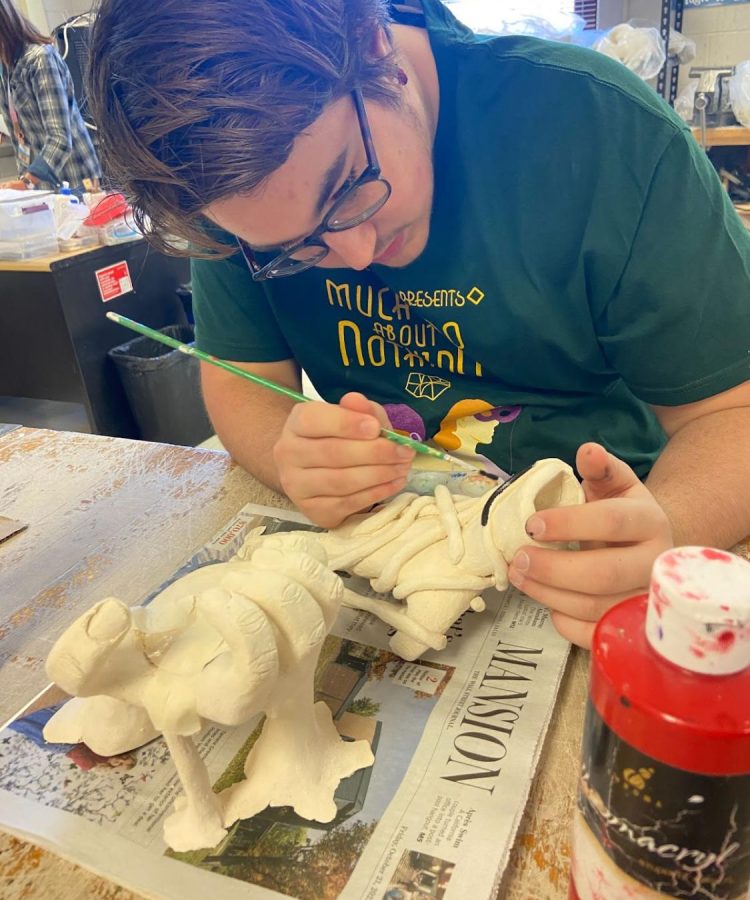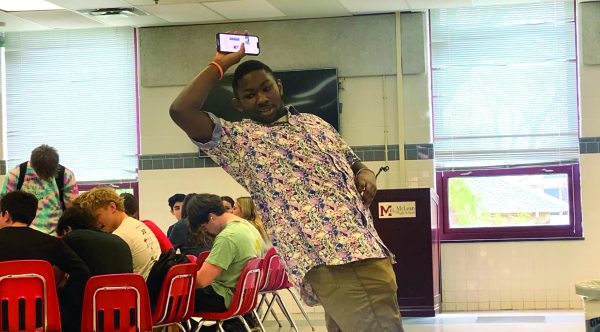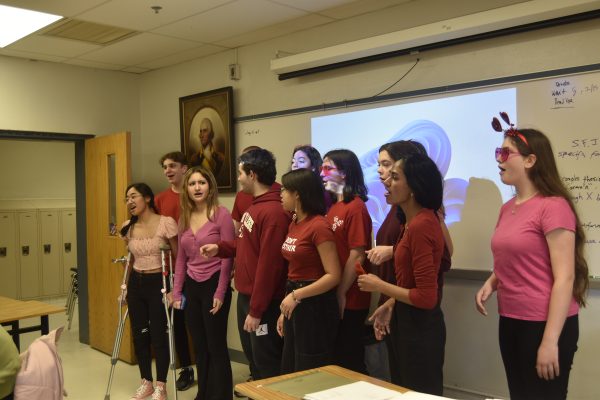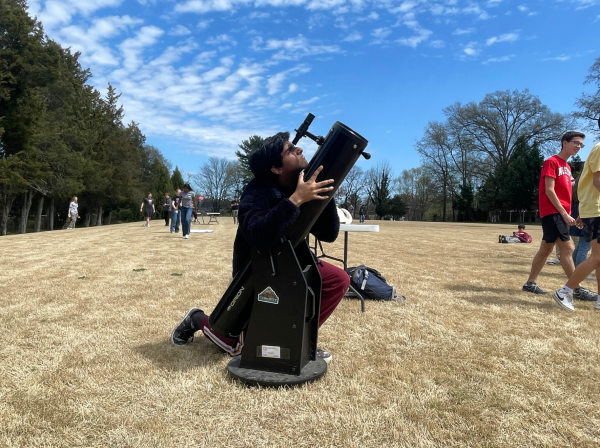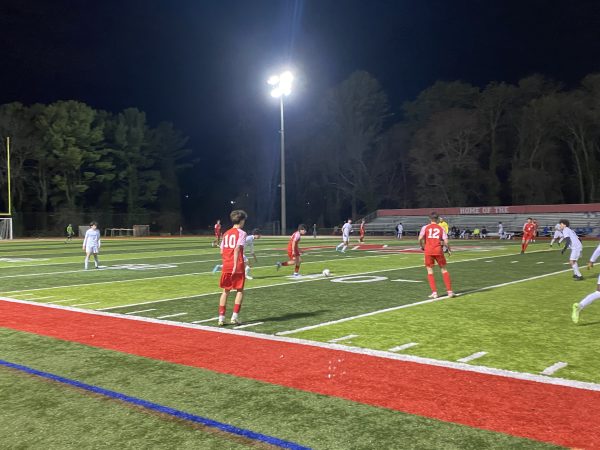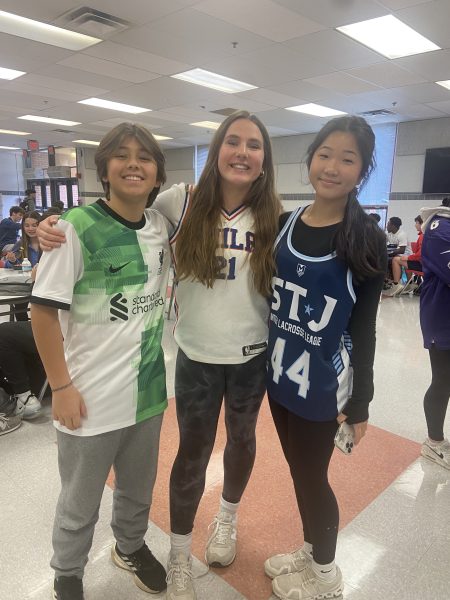Junior ceramicist throws boundaries away
Ceramicist Ian Massidda pursues his passion for complex, sculptured art
Massidda works hard painting his clay series of snake hands. It took Massida lots of experimentation to create the hands.
The ceramics room during Highlander Time is always packed with students working on anything from giant pots to hyper-realistic food clay vessels. Walking through the room, junior Ian Massidda can always be found working on something extravagant. Although it is only his second year in ceramics, his work is far from beginner-level.
“My mom learned art in college, and so I’ve always been around it,” Massidda said. “In 10th grade I started to get really into it.”
Massidda is currently working on a piece of clay hands holding an intricate snake. He has been working on the piece for the majority of this school year, spending every Highlander Time in the ceramics room.
“His work is very conceptual. As a student, he’s able to make stuff really personal,” ceramics teacher Christina Carrol said. “He’s not afraid to experiment and take on something he’s never done before.”
Many students who take the class are introduced to 3D art for the first time. The complex three dimensional structures require a different way of step-by-step thinking that’s different from more conventional, two dimensional art.
“You have to work quickly at the right time before the clay dries up,” Massidda said. “It’s different from normal art because you’re working with the clay.”
Many ceramicists feel the pressure to perfect every step to create the most flawless product. New artists often fall into a trap of taking criticism too seriously. Massidda encourages artists to take a more imperfect stance.
“It’s never going to be perfect. Try not to dwell on any imperfections, especially in ceramics,” Massidda said. “It’s not just a visual thing; hyper fixation on details will cause your clay to deteriorate.”
Mistakes in ceramics are key to improving your skills because they allow artists to grow and better their craft.
“From ceramics one, he was very passionate about [the art]. He is always willing to help out anyone or anything in the studio,” Carrol said.
Massidda is also a major contributor to the ceramic pieces found in the display cases around McLean’s red hallway. His enthusiasm for the arts has gained him recognition around school and across the art department.
“He’s super driven, focused, and gets excited trying all different things all the time,” Carrol said.
Massidda has already devised prospects to continue his passion for ceramics after high school.
“After high school I’m definitely considering going to a school primarily for it,” Massidda said. “No matter what, I’ll either pursue it on the side or maybe minor in art.”
Your donation supports the McLean High School's independent, award-winning news publication.



